One of the most magical aspects of a rural ramble is having the chance to connect with the smallest and most important inhabitants of the countryside: insects.
Whether it’s a butterfly or millipede, caterpillar or cuckoo bee, you can guarantee that your smartphone’s internet signal will cut out at the crucial moment when a five-spot burnet moth lands on a clover head by your feet, just when you want to look it up.
A good insect identification book can enhance a country walk while preserving the disconnectivity of being outdoors. Whether you’re a curious beginner who wants to identify common bugs, looking for something the kids can enjoy using, or an expert entomologist looking for a detailed photographic reference, there are plenty of informative guides to choose from in our list below.
Here is the BBC Countryfile Magazine’s list of the best insect identification books on the market right now.
The best insect identification books to buy
Complete Guide to British Insects
By Michael Chinery
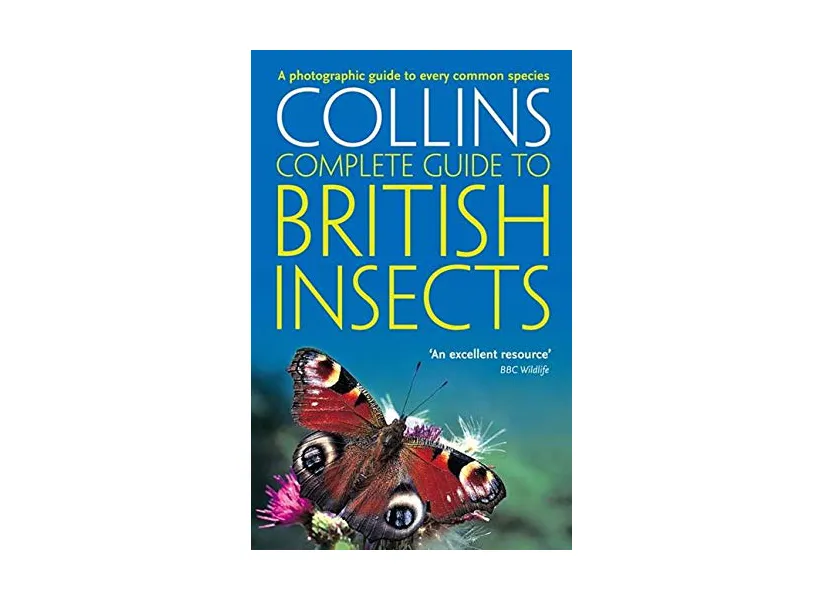
This photographic field guide aims to cover both the common insects you’re likely to spot on your long walks, as well as the more unusual species found around Britain so you can expand your expertise. It claims to cover over 1,500 species with detailed photographs and illustrations so you can get up close, helping you distinguish the details among bugs, bees and butterflies.
A handy item thanks to its coded sections, it provides symbols for easy referencing, and ensures differences between similar species are noted to avoid any confusion.
Ultimate Bugopedia (National Geographic Kids)
By Darlyne A. Murawski and Nancy Honovich
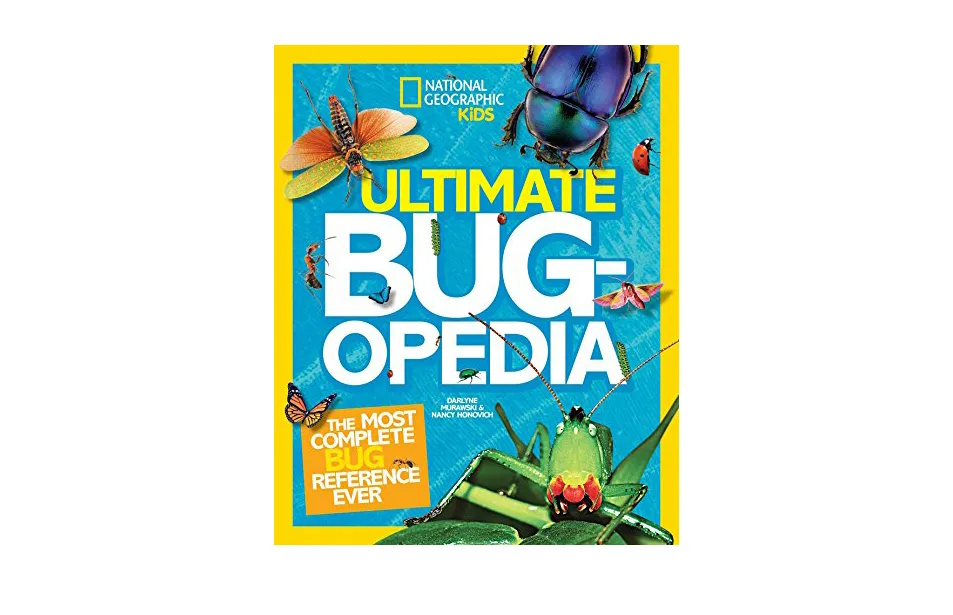
Aimed at the entomologist in the making, National Geographic claims this is the most complete bug reference ever, perfect for children who are starting to turn over stones and explore the world in their back garden.
This fully photographic guide profiles everything from spiders and centipedes, to dragonflies and millipedes, including their scientific names, size, diets and habitats. It also charts the history of bugs, looking into prehistoric insects as well as creepy crawlies from around the world.
Royal Entomological Society Book of British Insects
By Peter C. Barnard
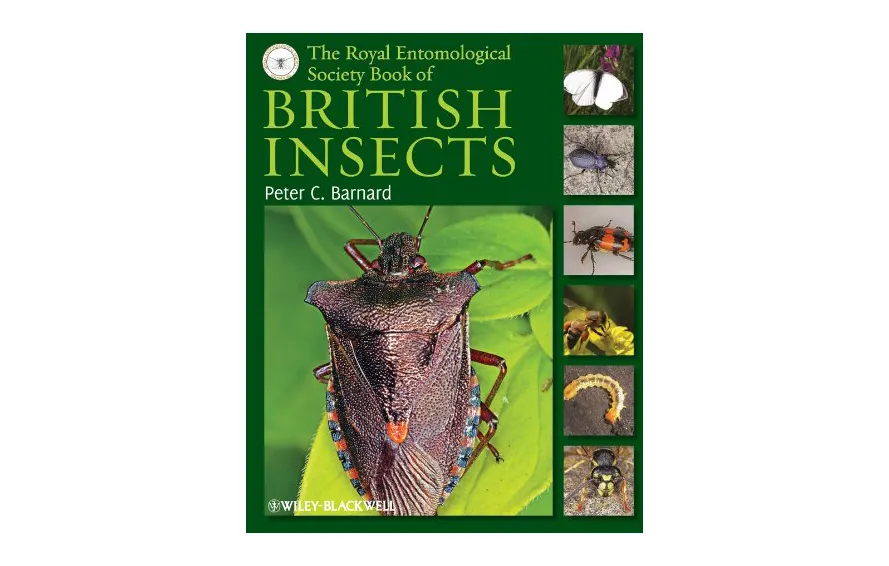
Claiming to be the only modern systematic account of all 558 families of British insects, this handy guide from the Royal Entomological society covers everything from the popular insect groups to those that are the least known.
Illustrated throughout with work from experienced wildlife photographers to provide a morphological and behavioural insight among 24,000 species of insects, it also lists all of the 6,000 genera of British insects, as well as all species that are subject to legal protection in the UK.
Concise Insect Guide (The Wildlife Trusts)
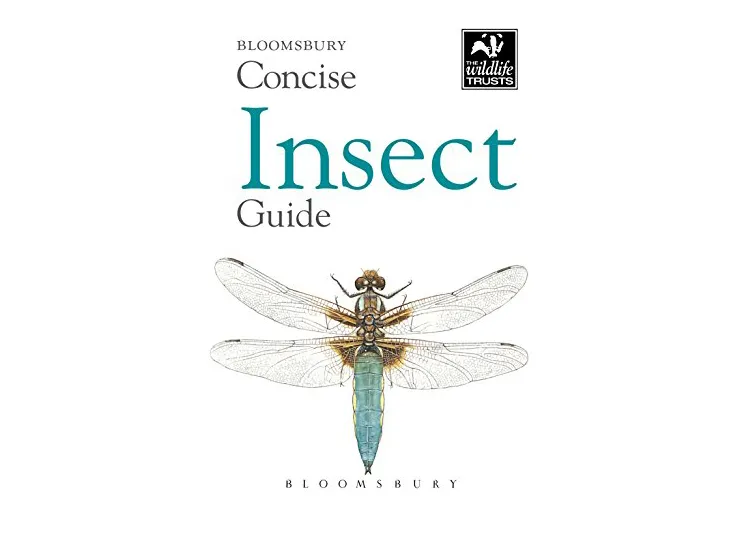
Focusing on insects that inhabit Britain and the near Continent, this compact guide looks into more than 180 species including dragonfly, wasps and beetles with the help of full-colour illustrations.
The written accounts of each insect covers details such as size, habitat and habits which aims to provide a quick and accurate identification of anything you may encounter in the field. It claims to be small enough to fit in a pocket and is wrapped in a durable plastic wallet so you can dig it out even on the dampest of days.
WILDGuides Britain’s Insects
By Paul D. Brock
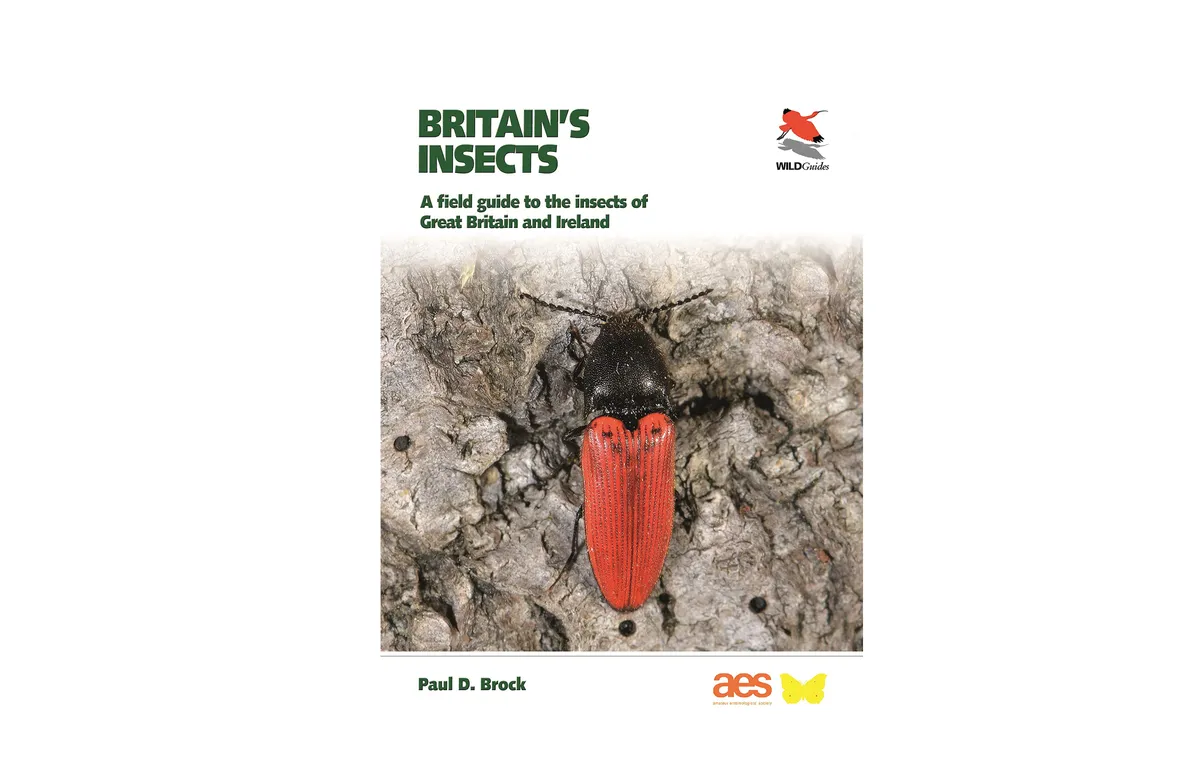
Whatever your level of knowledge, this guide aims to have something for everyone, from the curious beginner to those with an established knowledge of insects and their habits. Alongside 2,000 photographs it goes in depth on the key aspects of identification, including information on stats, distribution, as well as seasonality, habitat and behaviours.
It also features QR codes that link to sound recordings of grasshoppers and crickets, with information on how to photograph and record insects to help with conservation.
Pocket Eyewitness Insects
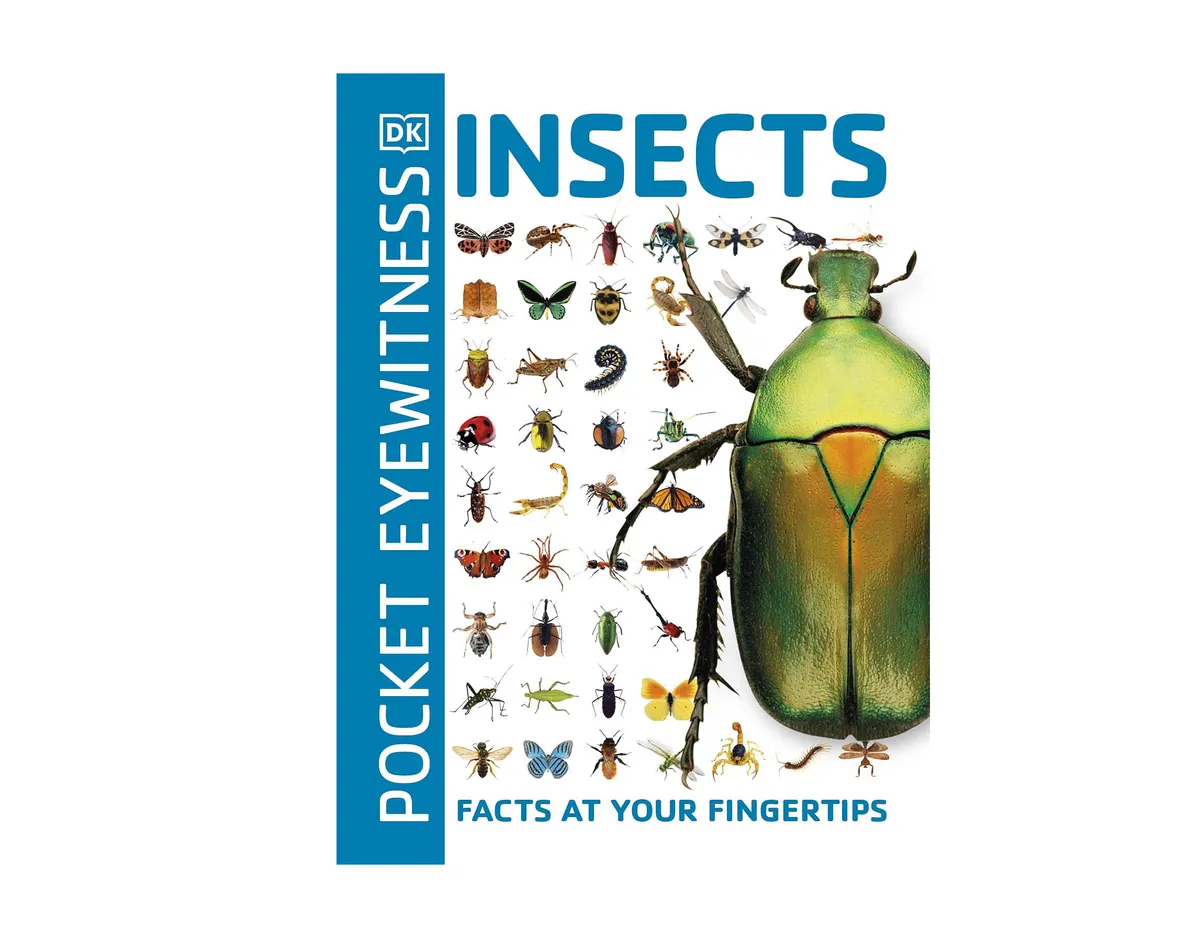
This pocket sized guide is perfect for taking on long hikes, giving you immediate access to bite-sized chunks of insect info that you can dissect and reference on the go. Aimed at the young enthusiast, it covers where and how insects live, diving into deeper topics such as what they eat and which ones are poisonous, with a guide that lets you see their true sizes with close-up photographs.
Insects of Britain and Western Europe: 3rd Edition
By Michael Chinery
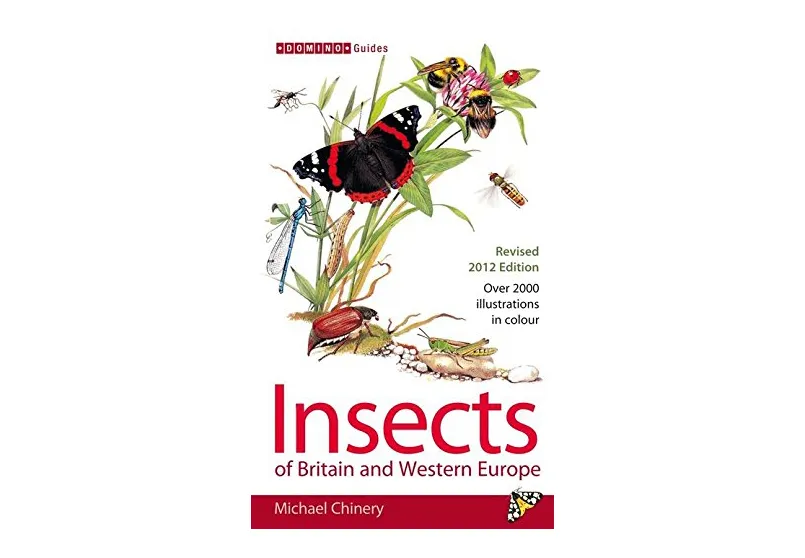
One of the most comprehensive guides available on insects found across Britain and Western Europe, this illustrated pocket guide covers more than 2,000 of the most common and distinctive species. With an introductory section for each group, it also goes into specific detail on the characteristics of the families and genera covered, perfect for naturalists who are interested in learning more about insects.




